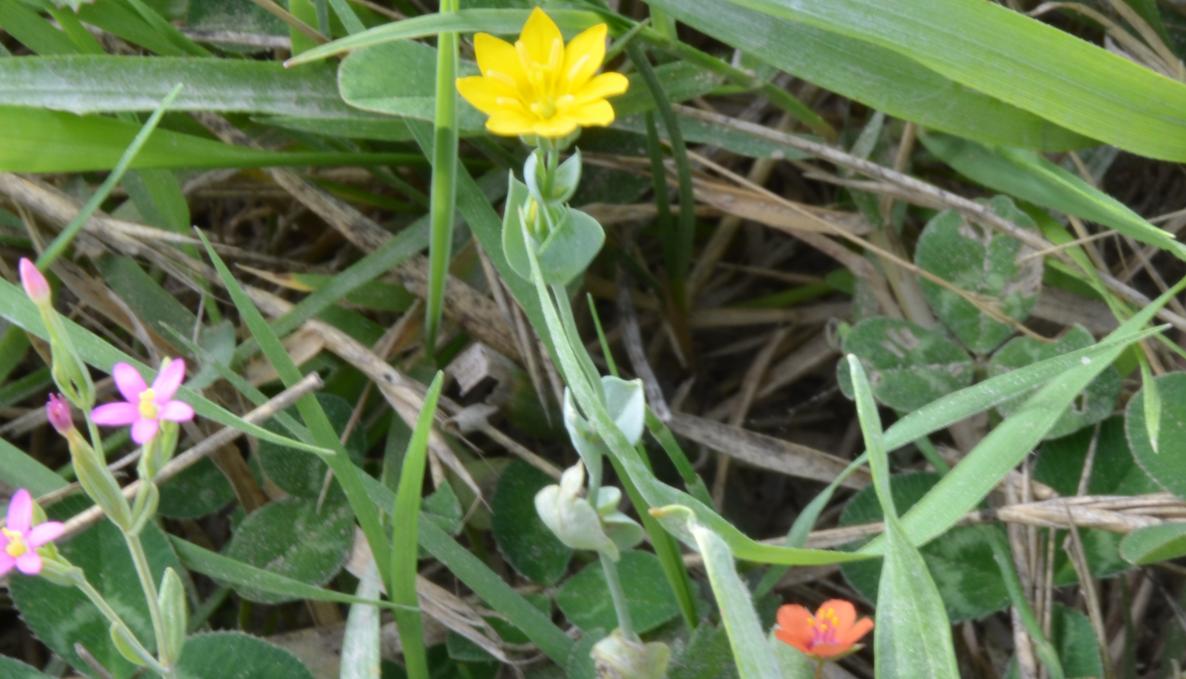A study by sant’anna school and inra dijon researchers on weed diversity impact on yield loss and crop productivity published in journal “NATURE SUSTAINABILITY”

The role of weed diversity in mitigating yield losses and increasing crop productivity is a main challenge of agriculture worldwide. Typically, diversification of cropping systems can contribute to the effective management of weed populations. Through diverse rotations, weed plant densities can be controlled determining the impact of weeds on different species and functions. The study conducted by agroecologists from Sant’Anna School Institute of Life Sciences and the Institut National de la Rechèrche Agronomique (INRA, Dijon, France) recently published in “Nature Sustainability” reviews the impact of environmental weeds on biodiversity values.
Under the supervision of Professor Paolo Bàrberi, Guillaume Adeux, Sant’Anna School Agrobiodiversity PhD student, has worked with Stéphane Cordeau, Nicolas Munier-Jolain and Stefano Carlesi to assess how diversified weed communities can limit the negative effect of competitive and dominant species on crop productivity while promoting ecosystem services provided by subordinate species.
Regardless of most common understanding in the field of weed management, scholars engaged in “ecological niche” research argue that differentiation between species results in conserving biodiversity through the composition and abundance of weed species in crop fields as an integral part of balanced agroecosystems. The findings of this study suggest that the impact of weeds is associated with a decline in native species richness and the intensification of interspecific competition with the crop. Researchers found that while ecosystem level functions are altered by weed invasions, increased weed diversity is associated with decreased crop competition.
The agroecological approach as a viable alternative for future agriculture is based on interactions between weed management and low input fertilization practices. Functional ‘bio’- diversity measured by functional richness of species inhabiting a particular niche will require comparison of the environmental gradients affecting the functioning of the agro-ecosystem. This functional approach can be used to develop innovative agricultural systems by identifying the traits influencing the provision of quality agricultural products and the provision of safe food.
According to FAO and the European Commission, despite the fact there is a broad consensus that agroecology can be instrumental in achieving a wide range of policy, environmental and food security targets, academia still struggles to develop an indicator of sustainable intensification built on the taxonomic or functional diversity of the weed seedbank. Stefano Carlesi explained the study was based on three years of observations of weed densities, weed biomass and crop biomass at four critical growth stages. Effects of increasing plant diversity on agroecosystem and productivity need even more years (5-7) to be measured, and the same occurs in stability quantified as the ratio of the mean to the standard deviation of productivity across the same years.
“We believe we can meet the challenge of sustainable crop systems intensification working within a transdisciplinary framework to transform the current paradigm of modern intensive agriculture -said Paolo Barberi. A broader research effort will focus on a diversified approach to weed management that aims to combine multiple strategies in compliance with common ecological principles. Our hypothesis is that a more diverse weed community will lead to an overall sustainability along with increased food production”.
Cover image: species Blackstonia perfoliata, Anagallis arvensis, Centaurium erythraea, blooming. Pisa, 2014. Photo by Stefano Carlesi.



